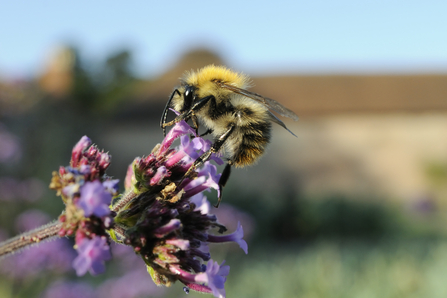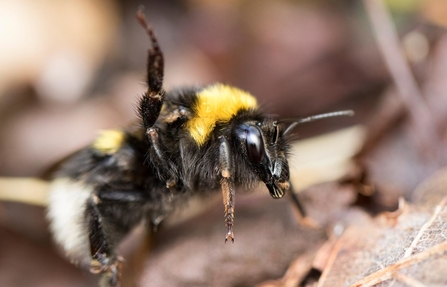New polls reveal how people would most like to help wild bees - planting foxgloves and letting your lawn grow long were the stand-out favourites. We asked*:
Which of these bee-friendly plants would you most like to plant in your garden? (752 votes)
Votes:
47% Foxglove
25% Sunflower
16% Borage
12% Single dahlias
Which of these actions are you most likely to do to help wild bees? (342 votes)
Votes:
60% Let your lawn grow long
35% Make a bee home
5% Dig a pond


